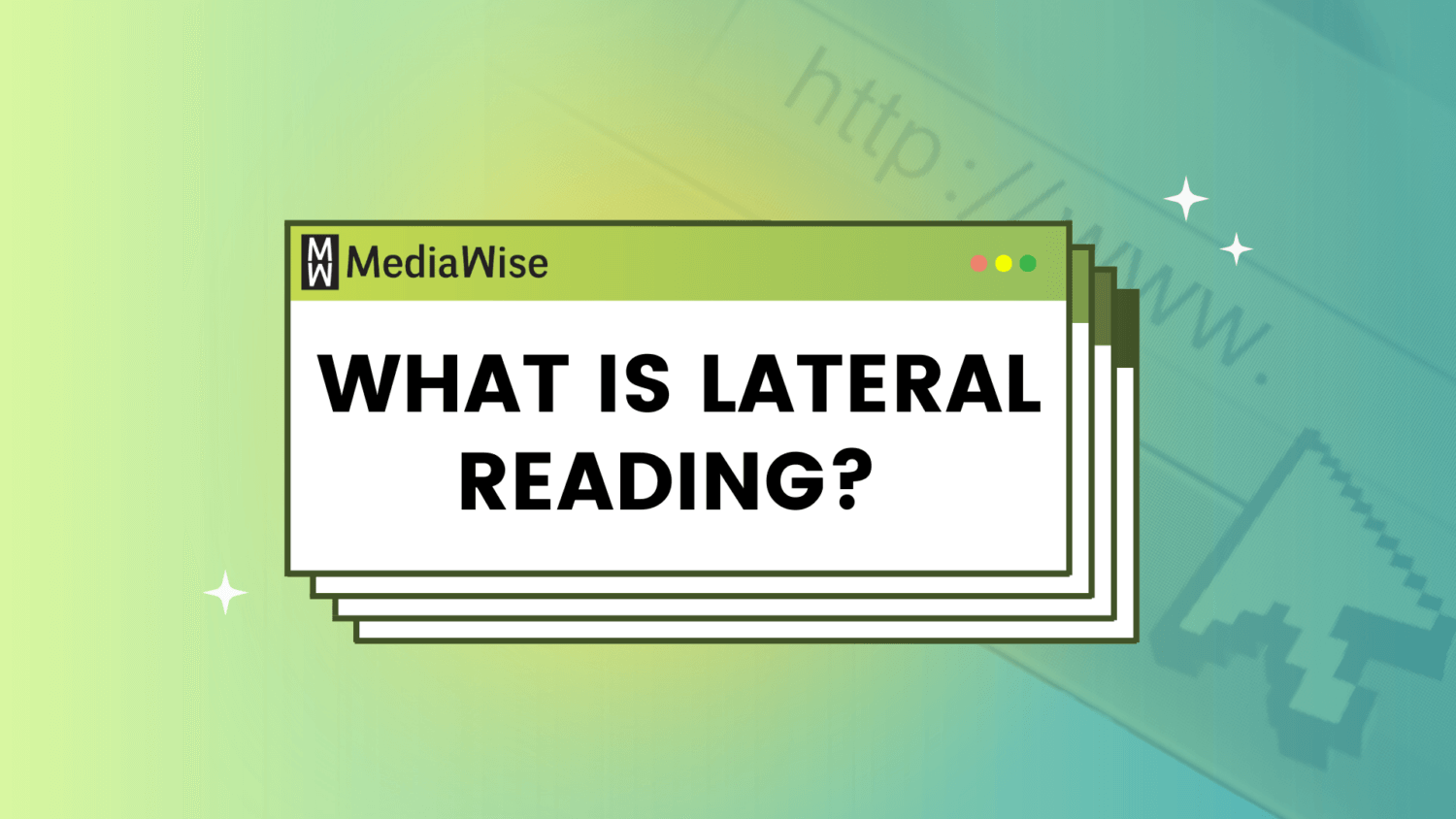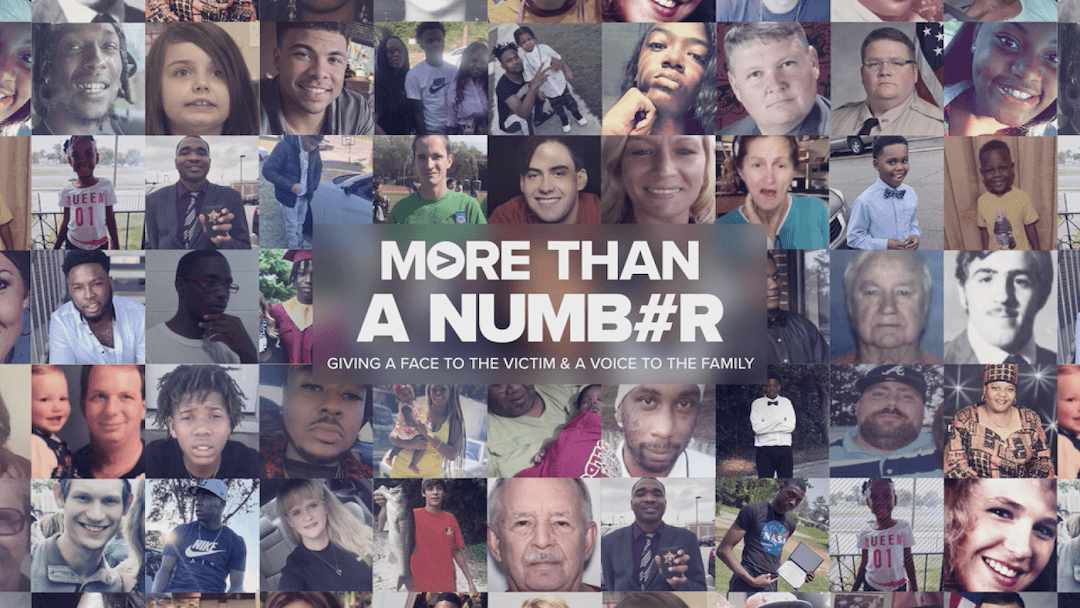About 2.5 quintillion bytes of new data are created every day, according to IBM. Scientist David Helfand says that is equal to 5 trillion books, enough to stretch around the equator on a bookshelf over 1,600 feet high.
In other words, the internet is constantly updated with new articles, videos, photos, posts — and even websites — every day. In the age of so much information, it’s getting harder and harder to distinguish between good and bad sources. So, if you want to evaluate a site’s reliability, how should you do it?
Most people determine the credibility of a website by reading vertically, staying inside the website to decide if it’s reliable. We have always been taught to read this way— from the top to the bottom.
“When trying to determine who is behind online information, people … make judgments based on features internal to a website like its URL, design, functionality or content. However, these features are not effective ways to evaluate a site and need to be explicitly challenged,” researchers at Stanford History Education Group explain.
After studying professional fact-checkers, the Stanford History Education Group found that another approach is far more effective for assessing sites: lateral reading.
When you stumble upon a website or social media account that you are uncertain or suspicious about, don’t waste time on it. Instead, it’s best to open up other tabs in your browser to learn more about that source. This is why it’s called lateral reading, because instead of moving up and down the page — vertically — you move laterally from tab to tab.
As researchers from SHEG explain, “Checking what other websites say about a source is a better evaluation strategy than trusting what the source says about itself.”
There are two ways that you can use lateral reading: to verify a source’s credibility and to discover what other sources have to say about a particular subject. Let’s look more closely at each technique.
Check out this video from MediaWise teen fact-checker Isaac Harte, who uses lateral reading to investigate a questionable source on TikTok.
In this video, the creator, who claims to have the “No. 1 news account on TikTok,” says that the continent of Africa is splitting apart. Harte didn’t recognize the creator as an authority on the topic, so he left the app to find more information. After some research, he was able to determine that this creator wasn’t a journalist or a scientist at all, and much of the information in his video is based on assumptions and hearsay.
If you want to verify a source’s credibility using lateral reading like Harte did, what steps should you take?
- Exit out of the post or website you are currently on.
- Do a keyword search of the website/source to find out more information.
- Open up multiple websites that tell you more about the source.
- Compare and contrast the information you read about the source to determine if it is reliable or not.
Now take a look at this video from MediaWise teen fact-checker Sophia Ortiz, who checks out a claim that hydrogen peroxide can cure cancer.
After finding a claim from a source that she was unsure about, Ortiz wanted to check out what other sources had to say. She left the original post and opened up a bunch of new tabs to learn more about the claim. After just a few minutes of lateral reading, Ortiz was able to determine that this claim was completely false.
If you want to discover what other sources have to say about a topic as Ortiz did, what steps should you take?
- Exit out of the website or post that you are currently on.
- Do a keyword search of the topic you are researching to find other sources.
- Open up multiple websites that have information on the topic.
- Compare and contrast the information you read to determine if the initial claim you read is reliable or not.
Both Ortiz and Harte used lateral reading, a media literacy strategy that can work with any claim that you find online and can help protect you from misinformation.
In our digital world, it is essential that you are able to discern what is true and what is not. The internet demands that we use a new type of reading strategy to evaluate information, one that is much different than reading a book or magazine. The ability to create and distribute information has never been easier, and lateral reading can ensure that the information you receive is reliable.
To learn more about media literacy, check out MediaWise on the Poynter Institute website. We teach people digital media literacy and fact-checking skills to spot misinformation and disinformation, with initiatives specifically designed to engage Gen Z, college students, Spanish speakers, and older Americans.






